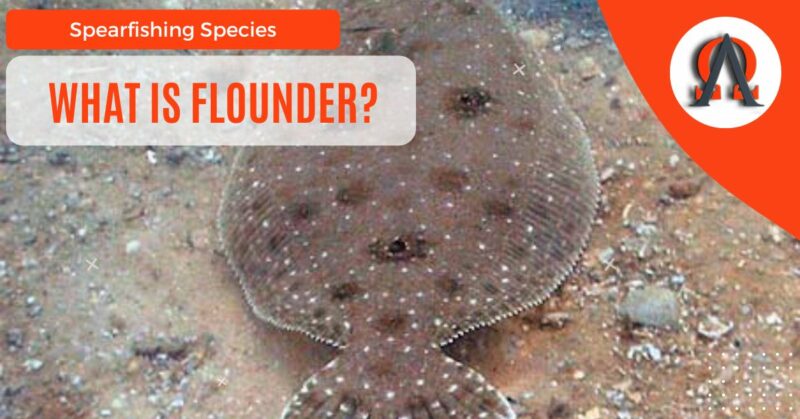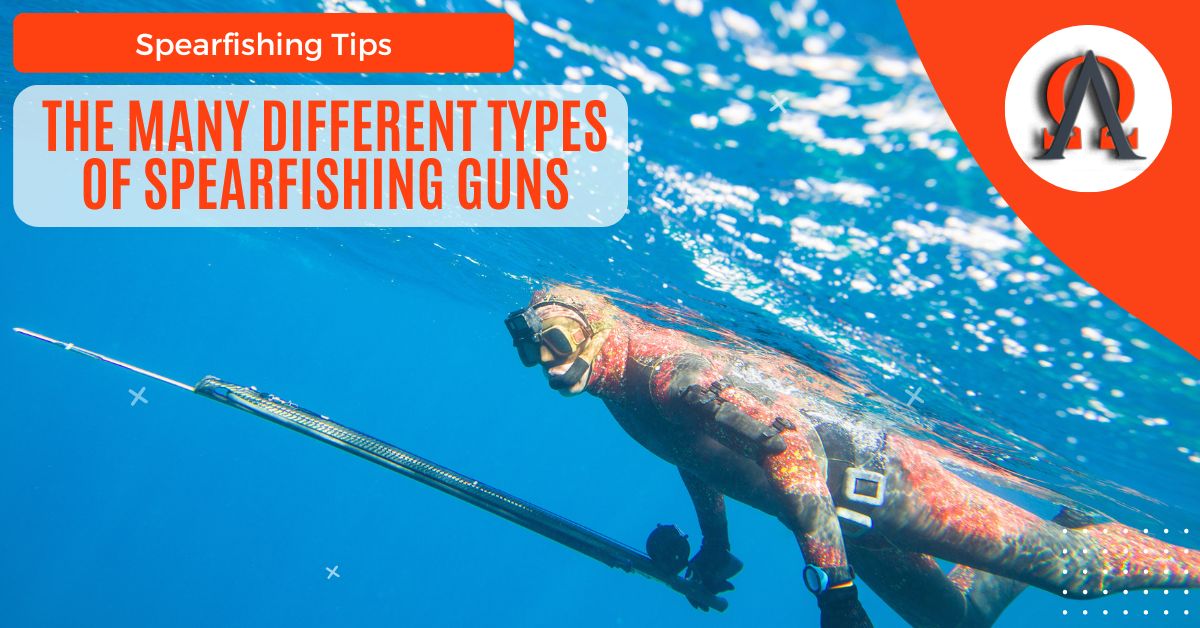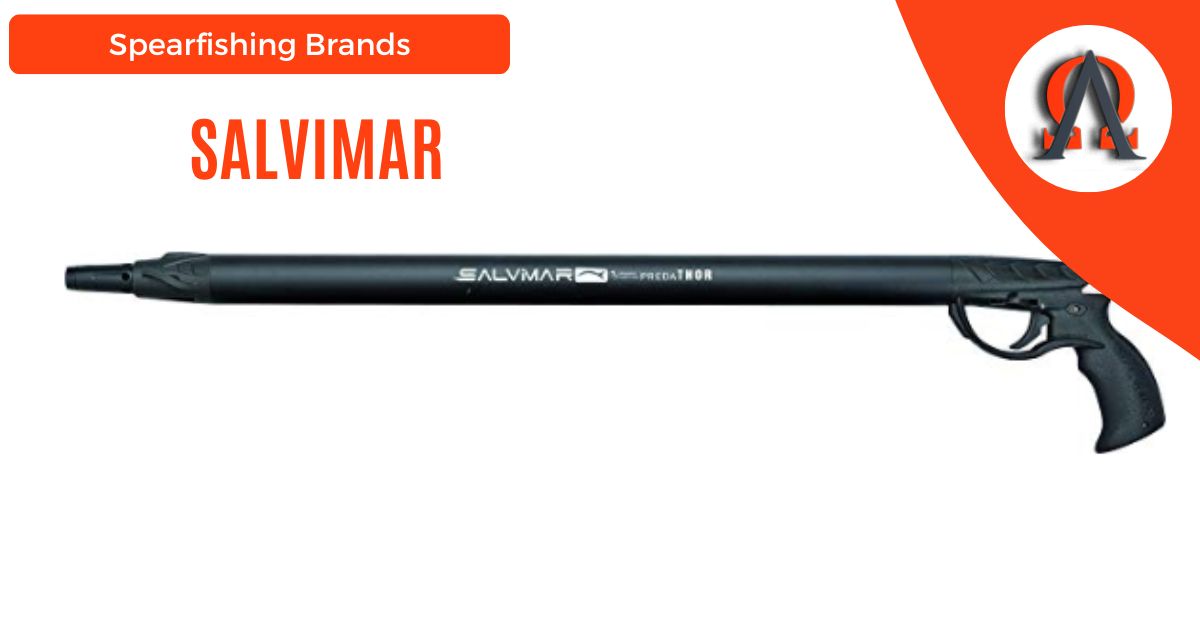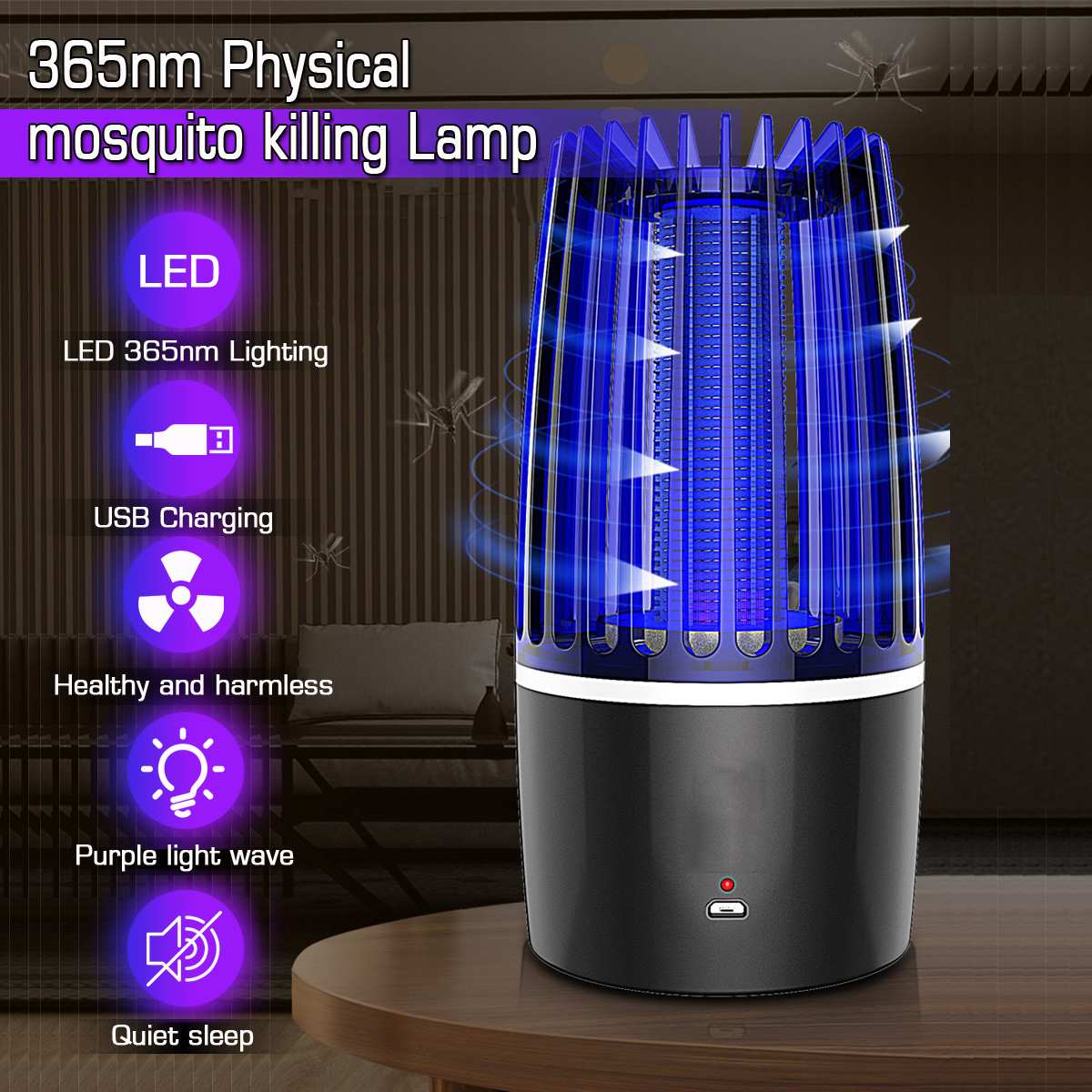
The Flounder (Paralichthys Albigutta) is a species of flatfish that are found in many bodies of water across the globe. This species is commonly targeted for spearfishing but takes a lot of time searching for them, as they’re not easy to spot underwater.
Flounder have a very unique appearance, as they lay flat on the bottom and don’t move around like most other species of fish, and both of their eyes are on the same side of their body. Being flatfish, they’re able to nestle up on the bottom and cover most of their body with sand or sediment to camouflage themselves.
These fish ambush their prey and tend to feed on the bottom of the seafloor, near bridge piles or structure, around dock pilings and reefs/rocky bottom.
Table of Contents
- How to Identify A Flounder
- Flounder Regulations
- Flounder Eye Migration
- Where To Find Flounder
- Latest Posts
How to Identify A Flounder
The flounder that I target here in the Gulf Of Mexico are referred to as left-eye-flounders because both of their eyeballs are found on the fish’s left side. This characteristic does carry over for other species of flatfish like halibut and soles, however, their eyeballs are on the right side of their body.
The left side of the Flounders are olive-brown in color, but this color can shift both lighter and darker to blend in with their surroundings. The side of their body without eyeballs, which stays on the bottom of the seafloor, is completely white in color. This species of fish also have dark spots on them that form in the shape of a triangle and are used to deter predators from seeing their eyeballs. Unfortunately, these dark spots do tend to fade as the fish grows older.
Flounder Regulations
The rules and regulations for keeping flounder is the same for both the Gulf and Atlantic State Waters here in Florida. To keep these fish, they must be a minimum of 12 inches long and you’re allowed to keep up to 10 of them per day, per harvester.
These regulations apply to Gulf flounder, Southern flounder, summer flounder, and fringed flounder. You’re only allowed to harvest these fish by spearfishing, using gigs, fishing hook-and-line, seine, or cast nets.
Flounder Eye Migration
This species of fish are born with one eye on each side of their head, like normal. However, with age and the process of metamorphosis, one of their eyes actually migrates to the other side of their body! This results in both eyes on the same side of their head, facing upwards. The ability of these fish to do this is simply incredible.
Where To Find Flounder
This species of fish are commonly found on grass flats, around docks or pilings, or hiding under the sand around hard rocky bottom and structure. They blend into the seafloor very well, so keep your eyes peeled when descending down to the bottom. You’ll often see the large dots on their backs, or their rigid dorsal fin sort of ruffled out of the sand.
When spearfishing, you can choose to either shoot the fish with your speargun, or you can just poke it hard and use your hand to slide the fish down past the tip of your shaft so that it won’t come off. I personally prefer not to shoot them if they’re just laying there on the bottom, as the noise of the speargun shooting can sometimes scare other fish off.
Additionally, when just poking the fish, you don’t have to reload your speargun after you bring it up to the boat!
Latest Posts
- Hopping into Adventure: My Experience of Rabbit Hunting in Wyoming
- The Guide to Discovering Black Bears in Wyoming: Where to Search for These Mighty Creatures
- Best Ways to Start Spearfishing – Is Scuba Diving or Freediving the Best Way?
- Discovering the Art of Mule Deer Hunting: Tips and Tricks for Finding Your Next Trophy Buck
- Surviving the Wild: Mastering the Art of Building a Fire in the Mountains





